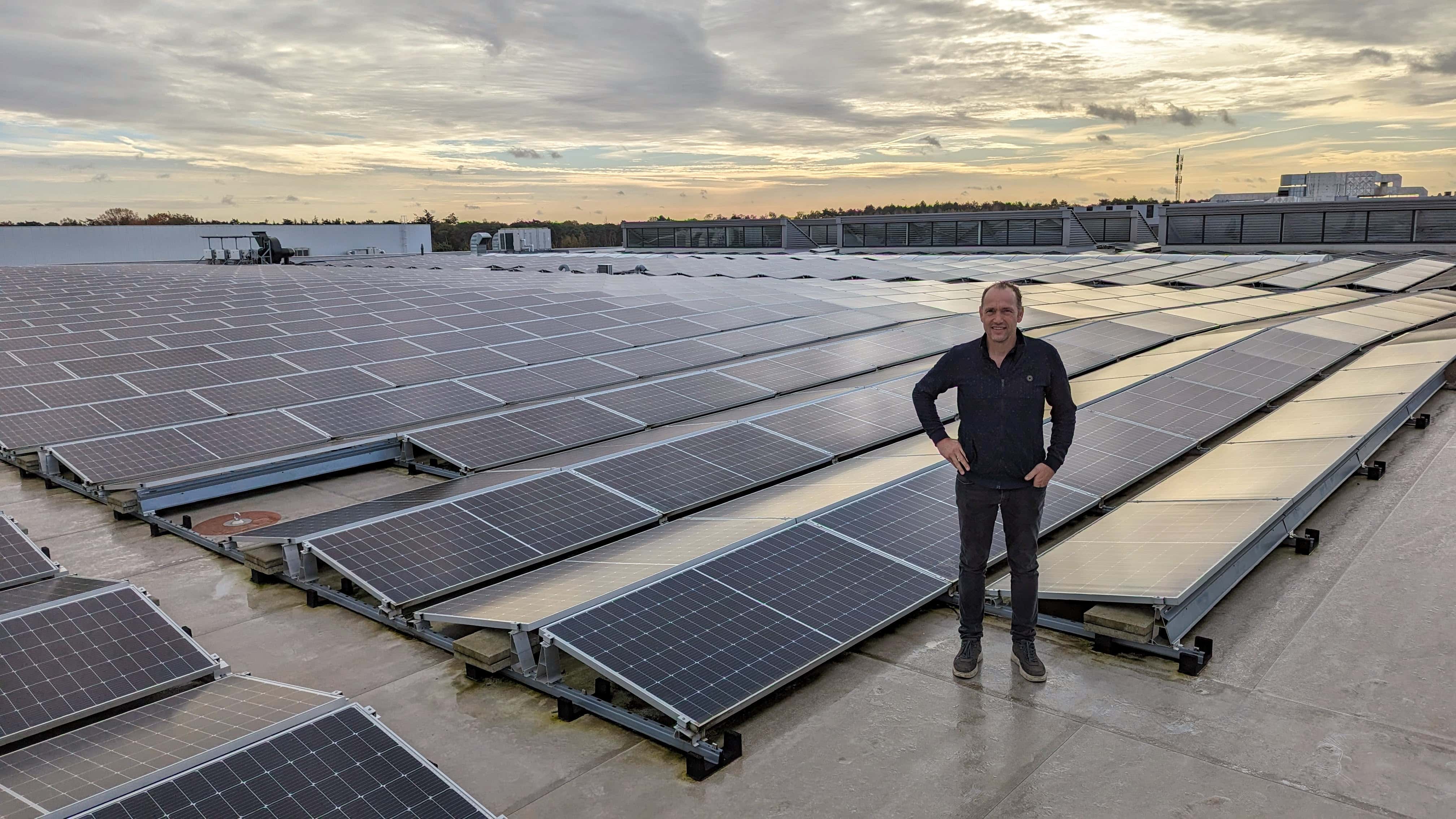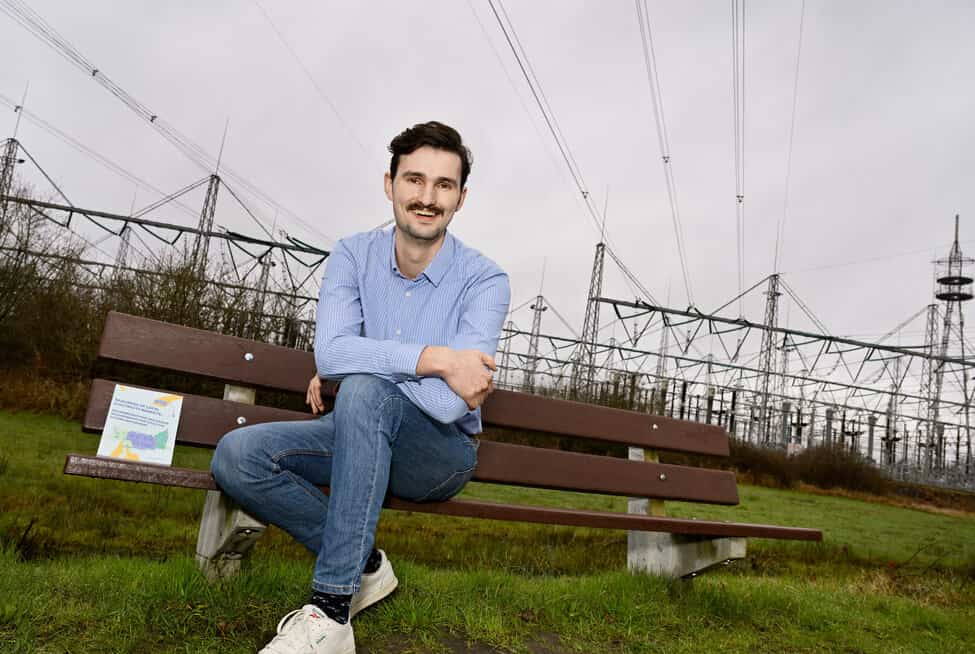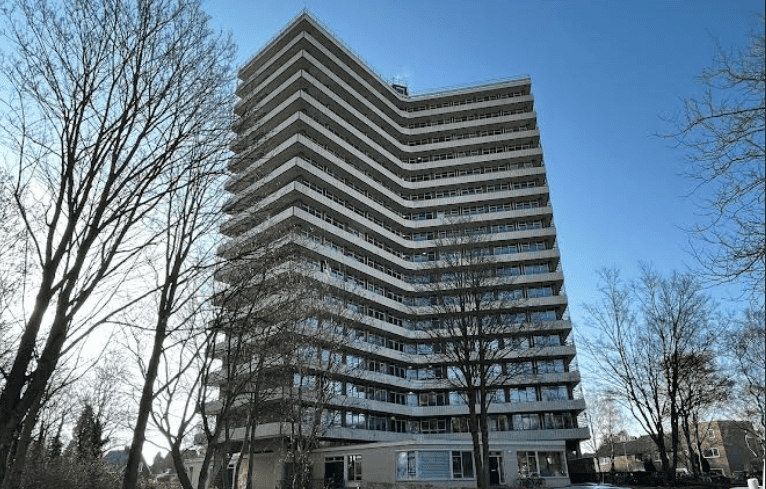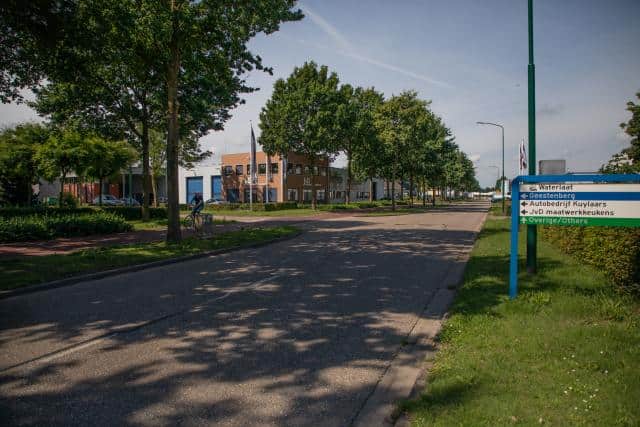
Picture this: you build a new factory and make it – naturally – as sustainable as possible. And with the first expansion, which soon proves necessary, you go the extra mile. Insulation under, above, and around the entire building, rainwater lead back into the ground, a series of huge heat exchangers on the roof, special skylights to welcome the northern light, screens for all windows, electric heat pumps instead of gas, solar panels on every available inch of the roof and various other ways to call yourself the most energy-conscious building in the entire region. The result: sustainability status A with five quality stars. In short: It couldn’t get any better. And just when everything is ready to be employed, a letter from Enexis – the grid system operator – arrives: “Feed-in is no longer possible; we will put you on the waiting list.”
Why this matters
Grid congestion – lack of space on the electricity grid – is a growing problem, especially for scaling businesses. The Local Energy Hub in Hapert, in cooperation with Enexis and the local government, shows there are solutions, too.
It takes little empathy to understand that Marco van Geel, owner of VGI Group at the Kempisch Bedrijvenpark (KBP) in Hapert, was furious when he read that message. “An important reason for taking all those measures had to do with sustainably reducing our costs – that whole plan was now falling apart. But apart from that, how bizarre do you want it to be? We have a megawatt power peak on the roof here, and we have to turn it off, while elsewhere, we are burning coal to produce power. I was flabbergasted!”
Needless to say, Van Geel immediately shared his feelings with Mayor Remco Bosma, the man who had urged him the year before to take every possible sustainability measure. He had done exactly that, but the result was totally different than desired. “Fortunately, Remco and his aldermen understood the problem like no other. We received all the support we could, and together with the other entrepreneurs at the Kempisch Bedrijven Park, we could take matters into our own hands.” Under the name Energielandschap De Kempen, they set to work. It was the beginning of the Local Energy Hub in Hapert, currently one of three official pilot projects Enexis has in the Netherlands.
Local Hub
To explain his intentions, Marco van Geel puts a large construction map on the table. We are looking at the transformer station in Hapert that serves as the supply point for all the power heading to KBP. From there it goes to a distribution station near the business park, then in a ring line to all the companies. So far, nothing special, but Van Geel has added a few elements. Most important: a local energy hub that must be “fed” not only from the KBP distribution station but also from the self-generated energy at all the companies, one of the windmills planned right next to the park on the A67, a batch of large batteries and – for emergencies – a gas turbine. And for the record, that local energy hub is not an additional distribution station but rather a software solution that can intelligently match supply and demand.

We are in the headquarters of VGI Willems, a company with about 125 employees focusing on producing stainless steel machines and parts. Which takes energy, a lot of energy. Hence, Van Geel feels like no other where things are pinching at the moment. “But that also applies to the other companies here,” he says. It, therefore, took him little effort to unite the entrepreneurs from the KBP Foundation, of which Van Geel is now the chairman. From then on, he and VDL represented his fellow entrepreneurs in the Local Energy Hub Core Group, including the Alderman, Enexis, and Firan.
Being at the forefront
“Because we are a pilot project, we are right at the forefront of all developments. We can benefit from trials of new regulations and get help from their experts.” That was so attractive that all thirty to forty companies at KBP wanted to participate. “That is less obvious than it seems because, of course, there are companies that lack power but also companies that have plenty. Fortunately, everyone sees the need for this agreement. For some, it is more beneficial than for others, but nobody experiences major disadvantages. Moreover, it might encourage you to install another pack of solar panels on the roof.”
As part of the pilot, the entrepreneurs got a commitment from Enexis to provide a certain minimum power output for the whole project. “This enables us to experience what we need in total as businesses and what we are short of. Then, we will fill those shortfalls. With solar panels, for example, like here at VGI. You can connect those to the joint grid. And VDL may be in a position to add their bus batteries. We are also in the middle of a project to install windmills along the highway. And if it’s dark and the wind isn’t blowing, and we still have a power surge, we even have a gas turbine that we can turn on very occasionally.”
Fine-tuning
Before the Local Energy Hub can really start, a few things must be arranged. There will be a cooperative, the financial basis must be put in order, and the group contracts – a first that is possible thanks to the pilot status – must still be finalized. And yet, Van Geel wants to get started soon. “Maybe it’s not yet with all the companies simultaneously, but on January 1, we will be ready to go. Gradually, we will fine-tune, and more companies will join.”
To what extent can this pilot become an example for the rest of the Kempen? Or even for the Netherlands? “A lot depends on local conditions; the ‘assets’ are different everywhere. One industrial park may have more solar panels than another. Or perhaps more batteries, wind, solar, or gas turbines. Maybe companies even have heat; these are all assets that can be used in an industrial park. But the basic structure we have chosen here, the drawing in front of us, can be projected anywhere. And thanks to our pilot, Enexis will be able to offer a collective contract more easily. In that sense, we are doing the groundwork for the whole country.”







